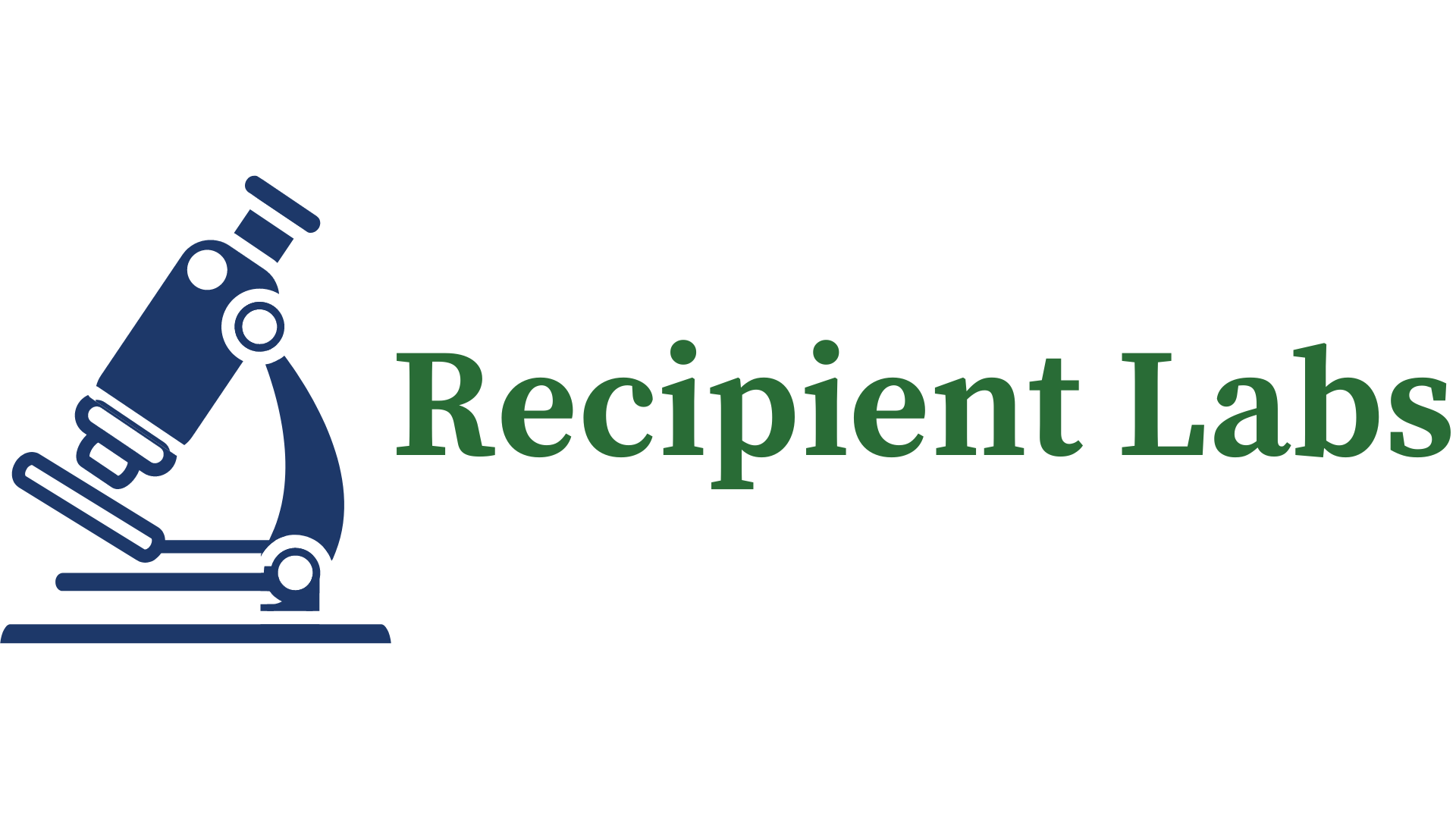Three tips for working a conversational style into your presentation:
1. In the first 30 seconds of your presentation, ask a couple audience members a simple yes or no question related to your topic (If you are speaking about nutrition: “Murat, did you eat breakfast this morning?” “Ayşe, how about you, did you eat breakfast this morning?”).
The reason: This signals to the audience that they need to listen, that this presentation is going to be like a conversation, and they might need to talk at any time. If you don’t do this, the audience might quickly go into a passive listening mode (or actually, a non-listening mode, where they’re thinking, “Oh thank god, I can go to sleep now, the speaker is going to do all the talking.”). Later, when you need them to start answering questions, they’ll be asleep.
2. If you are going to ask the same question to multiple people, sprinkle your question randomly through the audience. Instead of starting at one end of the room/table and moving predictably from person to person, mix the order up and point at random, unexpected people.
The reason: If you follow a predictable order, your audience will often stop paying attention. The ones who haven’t spoken yet will start silently rehearsing in their heads (“There are three people ahead of me, I better figure out what I’m going to say.”). The ones who finished speaking will be thinking, “Thank god that’s over, I wonder if I did okay?” The only ones paying any attention will be you and the current speaker.
3. If you use a conversational style, you need to focus your message much more.
The reason: You’ll have less time to talk. If your normal talk time is 20 minutes, for example, you might only have 10 minutes to deliver your message. Plus, you’ll be busy steering the audience (letting them talk freely, but not going too far from your topic). If you don’t focus your message, it’ll be like you’re juggling with too many balls in the air.
If a presentation is part of your sales funnel, a conversational style will often double your conversion rate for that particular stage. You’ve already been practicing this skill in one-on-one situations all your life, but transferring this skill to a presentation environment requires a lot of deep practice. It definitely pays off though (no pun intended).



